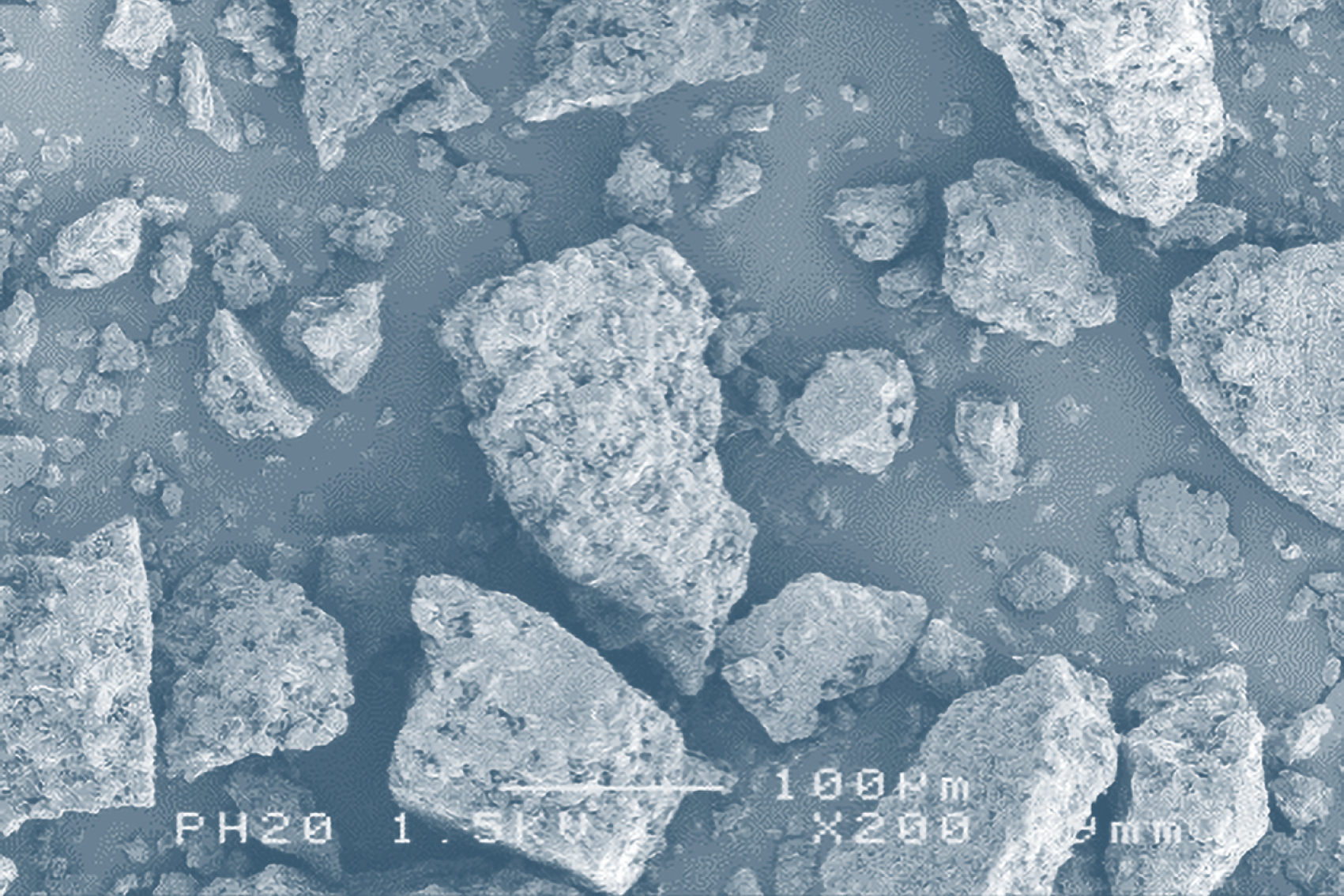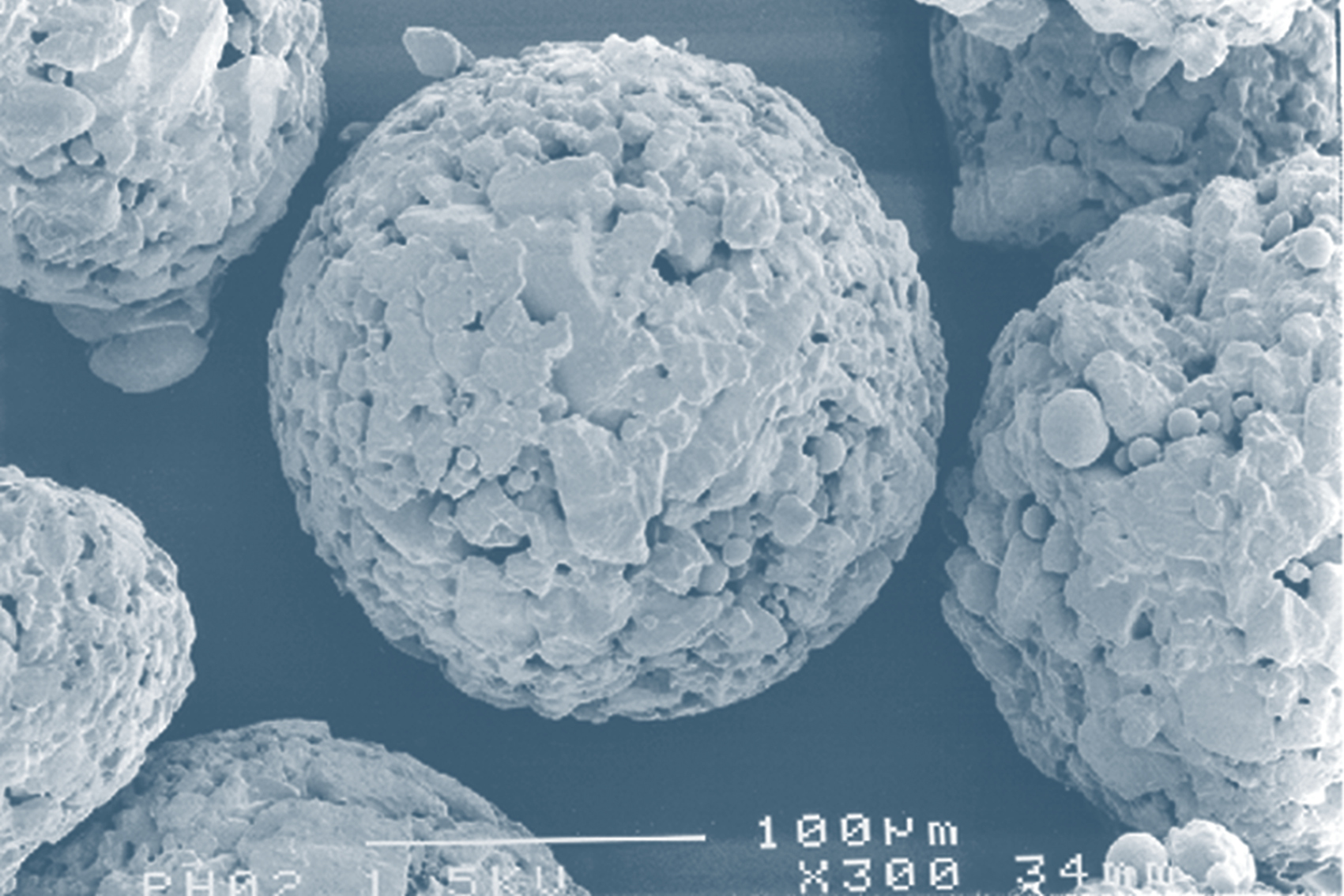

Lactose is one of the most widely used excipients in the pharmaceutical industry. The ability to feed powder consistently and continuously is regarded as one of the critical requirements for finished product quality and therefore stringent control on feeding is required. Raw material feeding is usually one of the first units of operation in a continuous manufacturing line. 1Ĭonsistent flow is also important for continuous manufacturing processes, which are gaining more and more interest from the pharmaceutical industry. The particle properties, mainly size and shape, strongly influence the flowability of the powder and thus the critical filling velocity achievable in die filling. At high tableting speeds, the time to fill dies is reduced, making flow properties of the blend even more important. Insufficient flow can lead to uneven filling of the dies, resulting in large weight and dosage variations of the final tablets. Moreover, good flowing properties of a powder are also required for flow through the tableting system, resulting in uniform flow into the die cavities. De-agglomeration of the API is beneficial to achieve good content uniformity in a pharmaceutical formulation, and this becomes more critical with a lower API dose.

This results in less motion inside the powder bed and less ball milling of agglomerates. Poor-flowing powder has a higher dynamic angle of repose and tends to avalanche. This results in ball milling of the API agglomerates, which is beneficial for the uniform spread of the API particles over the blend. Poor-flowing powder tends to avalanche and results in less motion inside the powder bed and less ball milling of API agglomerates.įree-flowing powder has a relatively flat powder bed in a blender and tends to set up a “rolling” motion inside the powder bed. Good flow combined with density supports de-agglomeration of an API during blending (Figure 1).įigure 1: Free-flowing powders tend to set up a rolling motion inside the powder bed, resulting in ball milling of the API agglomerates. To control and optimise processing methods, material properties and the behaviour of bulk powder should be characterised.īlending is one of the first steps in a direct compression process and is critical to achieve a homogeneous blend with uniform API loading. The processability of pharmaceutical powder plays a key role in the design and improvement of production processes for oral delivery systems (e.g. “Good flow of a pharmaceutical formulation is critical to produce uniform dosage forms.” ONdrugDelivery Magazine, Issue 109 (July 2020), pp 58–62Īurélien Neveu, Pauline Janssen and Geoffroy Lumay discuss how new measurement methods can help gain a better understanding of the flowability of lactose powders – a necessary step for future improvement of oral delivery systems. Citation: Neveu A, Janssen P, Lumay G, “Flowability of Lactose Powders to Optimise Tableting Processes”.


 0 kommentar(er)
0 kommentar(er)
